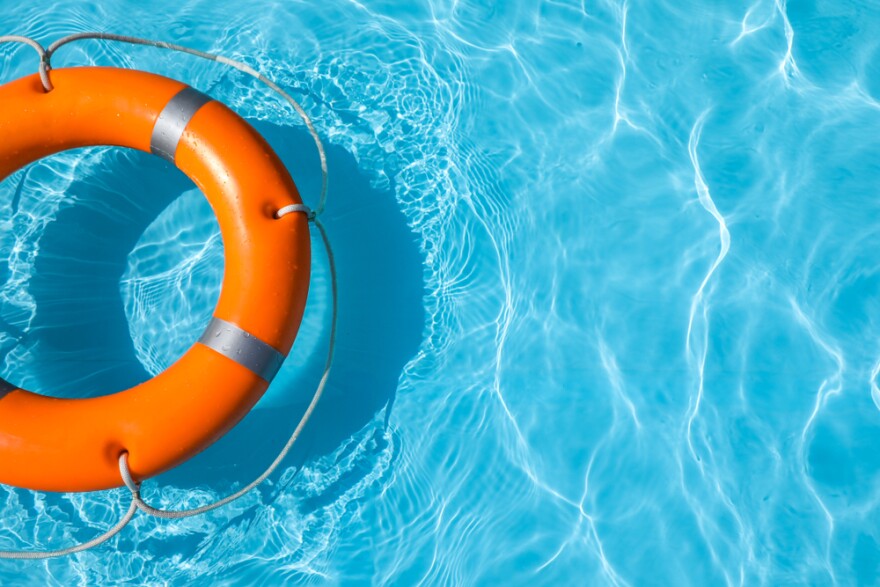The summer heat in North Texas means people are trying to cool off in pools, lakes and swimming holes. But these refreshing recreation spots can be deadly.
Dana Walraven, manager for community health outreach at Cook Children's Health Care System in Fort Worth, joins KERA's Justin Martin go over a few tips on staying safe in the water.
Interview Highlights:
On drowning statistics:
"It's the leading cause of unintentional death for children between the ages of 1 and 4, and also it's the second leading cause of death in children, when you stretch out the age ranges to 14 and under.
We want children around water because it's healthy, and it's a safe activity, but we have to make sure that we are putting safety measures in place. We want kids in swim lessons. We want barriers in between the home and the water so that children can't access it when parents aren't right there."
On how easy it is to drown:
"It is silent, and from movies and different things, we think drowning should be a loud, noisy ordeal. But when a child, when anyone, can't catch their breath — you're not going to hear them screaming and yelling for help. It's very silent, they can slip under the water very quickly."
On pool safety:
"Of course barriers in between the home [and pool]. A lot of times homes don't have or pools don't have a four-sided fence, which can drop drownings drastically if they had a four-sided fence.
Many of our homes have three-sided fences and a door for access between the home and the pool instead of a fourth side, and that's an easy access for a child to get out when parents aren't watching. It could be that they're down for a nap and then they wake up, [they remember they] forgot their toy at their pool and they're out to find it, and they find themselves in the pool."
On lake safety:
"We want to make sure that children are in U.S. Coast Guard-approved life jackets that actually fit. That's a two part thing:
Not every life vest is U.S. Coast Guard-approved, and that's what's going to keep someone above the water where they can still breathe keep their head above the water. Second: It actually has to fit. We've had children in life vests they've slipped through because it wasn't properly fitted."
On other water safety tips:
"We need water watchers no matter where we are, or what we're doing. Even the older kids when they get into adolescence, the injuries triple when they get into adolescence around open water. So no matter the age we want to practice safety and just be responsible while we're having fun."
On how to react to someone drowning:
"The best thing to do is try to; they say 'Reach, Throw, Don't Go.' Ttry to have a plan in place, something in reach that you can put out toward that person who is in trouble, that they can hold on and you can slowly pull them to safety to the side of the water, whether it be a pool or a lake.
You don't want to go in because someone who's drowning is going to be grasping for something, and they can pull you under as well, and then we have two drownings. So try to reach, throw, don't go.
So throw them something that they can hold on to, reach and try to pull them to safety, but don't go in after them."
Dana Walraven is the Manager for community Health Outreach at Cook Children's Health Care System
More information
Water safety tips for children
U.S. Coast Guard-approved life vests
Video: Reach, Throw, Don't Go




